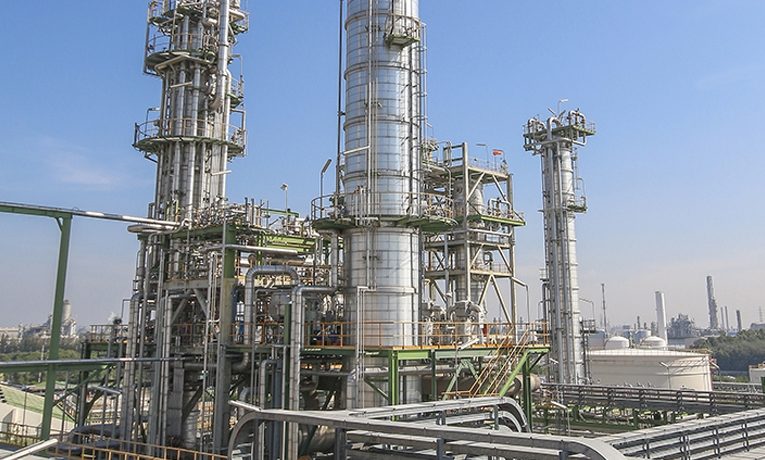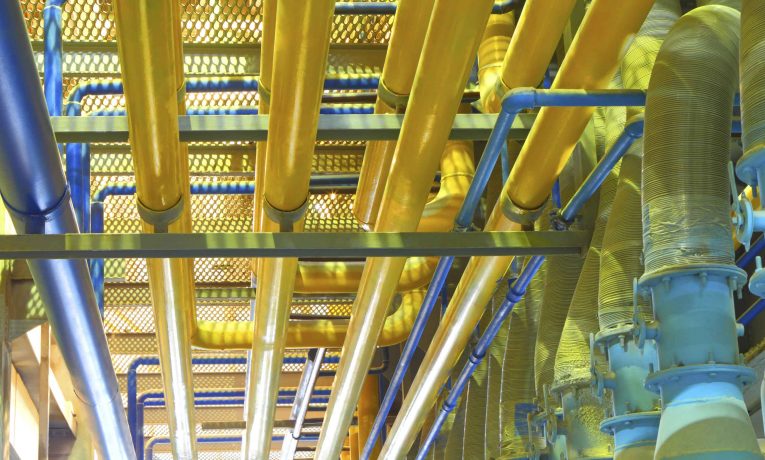In today’s changing global economy, the oil and gas industry has become more competitive than ever and refineries must continue to improve their bottom line in order to survive. Doing so requires access to accurate, reliable data on a worldwide scale, and more importantly, the knowledge to interpret and put to use that data. Solomon has been regularly collecting just that type of data since the early 1980s. Today, our database comprises more than 85% of the world’s refining capability. Current research has brought to light characteristics of the best refineries in the world, which we have published in our World’s Best Refineries report. The following text highlights some of our findings in what it takes to be a World’s Best refinery.
The first finding of note is that almost any refinery can be a World’s Best refinery, though it may not necessarily be easy as our World’s Best Peer Group requires consistent, high-level performance across a wide range of capacity and complexity measures.
CapEx
One of the biggest differences we see between the World’s Best refineries and others is the manner in which they allocate their capital spending toward the generation of new profit. Not only do World’s Best refineries spend less than the rest of the world in every CapEx category, but the distribution of their spending is very different. Compared to other refineries, the World’s Best spend less of their budget on meeting environmental requirements and more on constraint removal. We believe World’s Best refineries have put behind them the wave of safety and environmental requirements enacted over the last 10 years. Their processes are mature and functioning efficiently. But favoring constraint removal is an obvious lean toward profit-generating investments.
OpEx
The world’s Best refineries also spend less on both components of maintenance (i.e., turnaround as well as non-turnaround costs). However, despite keeping costs low, World’s Best refineries manage to achieve industry-leading turnaround intervals and durations for key process units. This achievement keeps process unit downtimes short and operational availability high.
While it’s true that all World’s Best refineries ranked in the second quartile in Maintenance Cost Efficiency Index (MEI™), they also achieved first-quartile performance in operational availability, energy intensity, and return on investment. We want to emphasize Solomon’s belief that in order to become a World’s Best refinery, a refinery must achieve first-quartile performance in reliability. We also believe maintenance costs can be cut too low, sacrificing long-term reliability.
Personnel
Members of the World’s Best Peer Group are comfortably in the second quartile for several key non-energy operating cost metrics; they’re not necessarily the world’s “leanest” refineries. It’s interesting to note that being in the first quartile in staffing does not automatically lead to World’s Best status. In reviewing the refinery Personnel Efficiency Index, we noted that World’s Best refineries average only 69% of the personnel hours consumed by a typical refinery.
Another thing we learned related to job functions and staffing levels is that World’s Best refineries tend to “overstaff” relative to others in the process-related job categories, meaning they employ more process support, economics, and process control personnel. Basically, World’s Best refineries invest in personnel, with the purpose to make the refinery more profitable. In an average 200,000 barrel per day refinery, this philosophy could mean hiring an additional 15 engineers.
The Takeaway
Every refinery should strive to become World’s Best. In doing so, you should be asking yourself…
- What does a World’s Best refinery do differently than an average one?
- What are the characteristics of a World’s Best refinery?
- Where do I start?

.jpg)




.jpg)



.jpg)
-updated.jpg)
-updated.jpg)
.jpg)
.jpg)
-updated.jpg)
-updated.jpg)
.jpg)
.jpg)
.jpg)


.jpg)
.jpg)
.jpg)
.jpg)
.jpg)
.jpg)
.jpg)
.jpg)
.jpg)
.jpg)
.jpg)
.jpg)
.jpg)